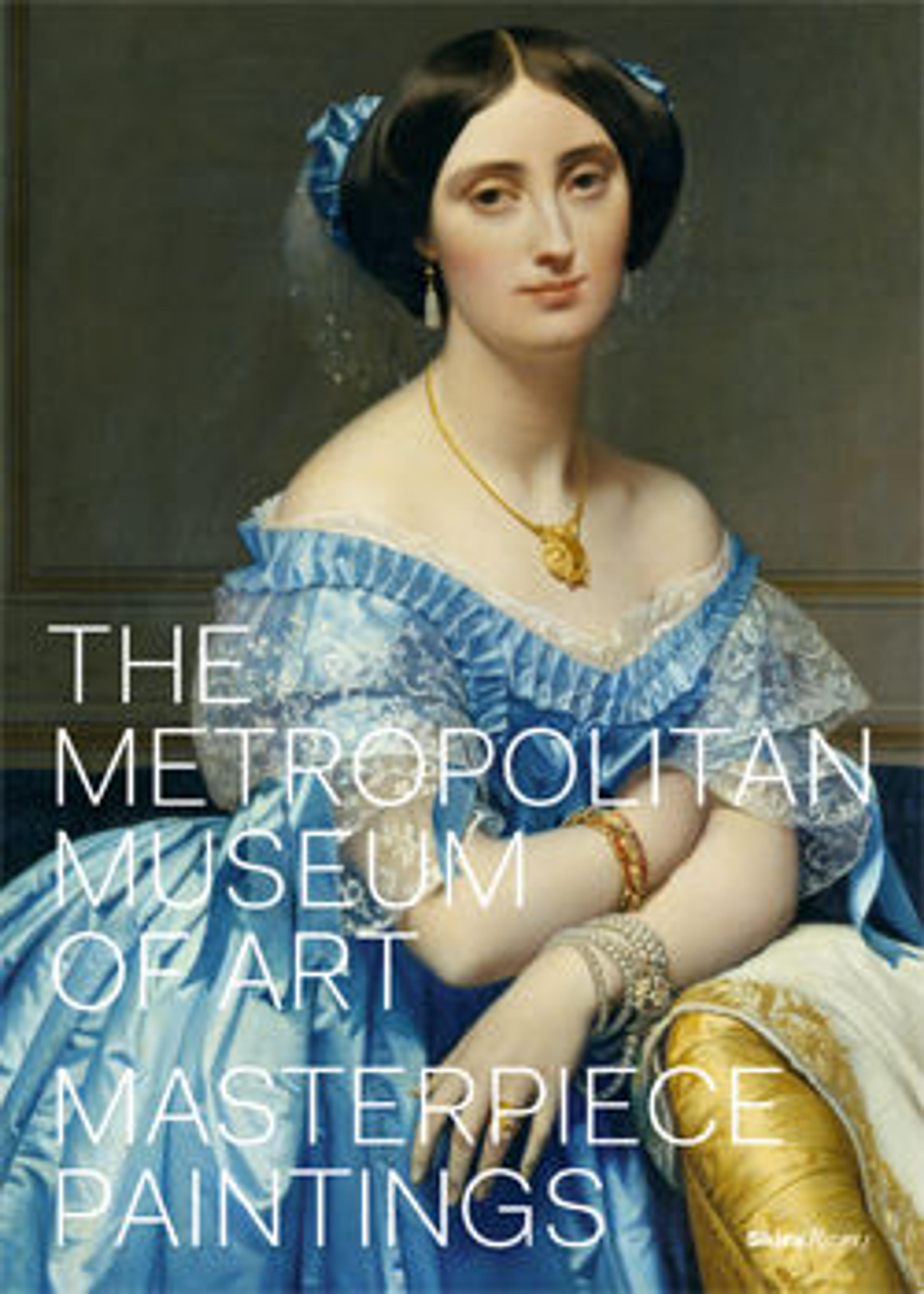Landscape after a poem by Wang Wei
Tang Di was one of the first southern scholar-artists to revive the Northern Song landscape traditions of the tenth and eleventh centuries, and this composition is typical of the many large-scale works he produced in emulation of northern prototypes. While Northern Song masters were inclined to depict the dynamic forces of nature through richly descriptive pictorial techniques, Tang reinterpreted the style using more calligraphic conventions. Here, he uses the gnarled trees and desolate lowlands of eleventh-century masters to "illustrate" a couplet by Wang Wei (699–759):
I walk to where the water ends
And sit and watch as clouds arise.
I walk to where the water ends
And sit and watch as clouds arise.
Artwork Details
- 元 唐棣 摩詰詩意圖 軸
- Title: Landscape after a poem by Wang Wei
- Artist: Tang Di (Chinese, ca. 1287–1355)
- Period: Yuan dynasty (1271–1368)
- Date: 1323
- Culture: China
- Medium: Hanging scroll; ink and color on silk
- Dimensions: Image: 50 3/4 x 27 1/16 in. (128.9 x 68.7 cm)
Overall with mounting: 8 ft. 8 1/8 in. x 33 3/4 in. (264.5 x 85.7 cm)
Overall with knobs: 8 ft. 8 1/8 in. x 37 in. (264.5 x 94 cm) - Classification: Paintings
- Credit Line: Gift of Ernest Erickson Foundation, 1985
- Object Number: 1985.214.147
- Curatorial Department: Asian Art
Audio
7411. Landscape after a Poem by Wang Wei
0:00
0:00
We're sorry, the transcript for this audio track is not available at this time. Please email info@metmuseum.org to request a transcript for this track.
More Artwork
Research Resources
The Met provides unparalleled resources for research and welcomes an international community of students and scholars. The Met's Open Access API is where creators and researchers can connect to the The Met collection. Open Access data and public domain images are available for unrestricted commercial and noncommercial use without permission or fee.
To request images under copyright and other restrictions, please use this Image Request form.
Feedback
We continue to research and examine historical and cultural context for objects in The Met collection. If you have comments or questions about this object record, please contact us using the form below. The Museum looks forward to receiving your comments.
